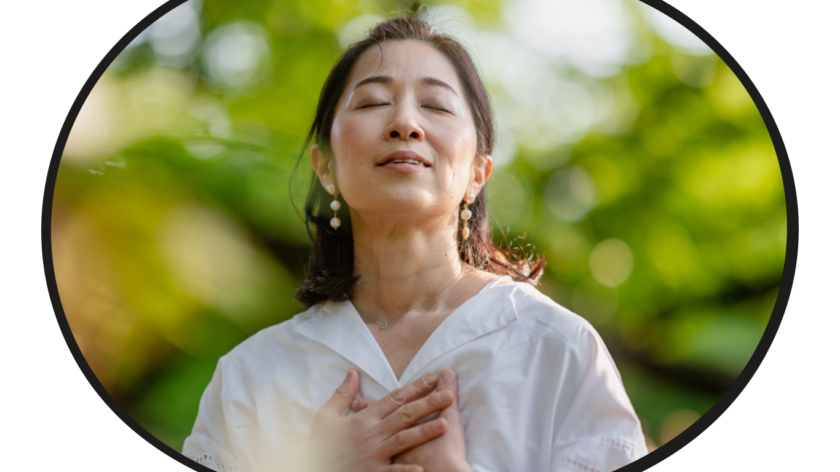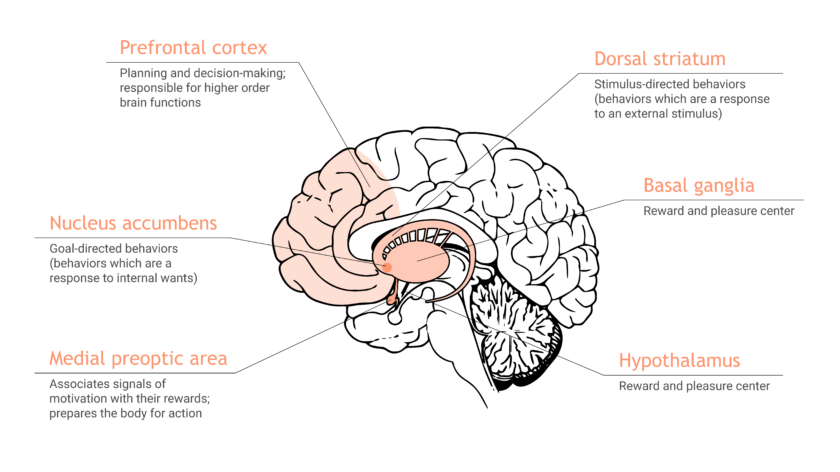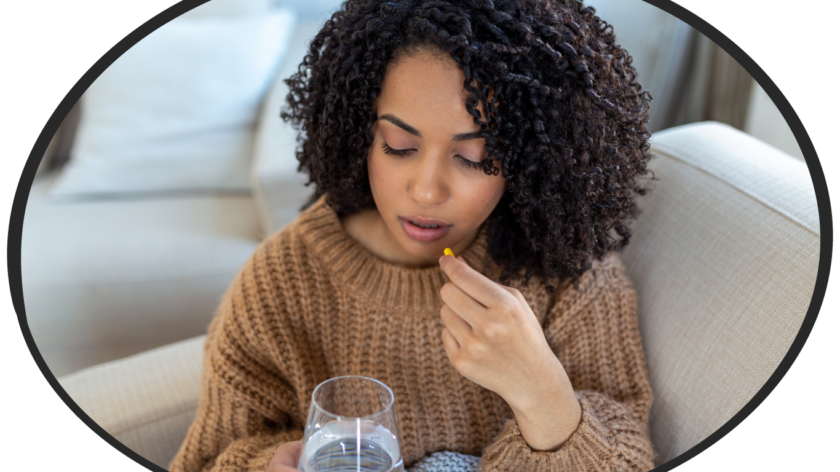An insightful Portuguese study set out to address a question that may not get much attention in the field of women’s sexual health – do lesbians experience fewer sexual problems or difficulties in the realm of intimacy compared to their heterosexual counterparts?
Category: Everyone
Wanting to want it: low desire as a common sexual complaint among middle-aged Canadian adults
Being middle-aged (40-59 years old) often means you are juggling many things at once. Dr. Quinn-Nilas and their team of Canadian researchers wanted to study this population of adults that can be overlooked in sexual health surveys. Sexual health problems are common in this age range and the researchers wanted to look at the most frequent sexual problems and their possible effect on people’s happiness with their sex life.
Sexual satisfaction is not one-size-fits-all
Sexual satisfaction is a complex topic which covers more than just having good sex or frequent orgasms. It includes aspects outside of just intercourse and sexual function, such as desire or sexual problems, though it does not have a common definition or explanation. What researchers do know is that sexual satisfaction can be an important part of maintaining stable relationships. It also plays a role in overall well-being, both emotional and physical.
Dutch women report having satisfying sex lives into older age
Dr. Ellen Lammerink and her team from the University Medical Center Groningen conducted this study to get more accurate information about age-related sexual dysfunction in Dutch women. This is the largest study on women’s sexual functioning in a Dutch population that uses scientifically-accepted questionnaires.
An injectable treatment for low desire available for American and Canadian women
In 2019, the US FDA approved a new treatment for women suffering from low sexual desire with distress. Known as bremelanotide, it mimics a substance naturally found in the brain, known as a melanocortin. This study investigated how well this new drug worked to improve low desire and its related distress in women, next to several other sexual health indicators.
Partner not doing enough housework? The science says your libido will suffer.
Many studies on low sexual desire in women have focused on biological and relationship factors, but little research has been done on the impact of social factors, such as expectations based on gender. Researchers from the Melbourne School of Psychological Sciences in Australia and Queen’s University in Canada wanted to address this gap.
Group therapy – a potential treatment for sexual dysfunction?
A group of Canadian researchers, led by Dr. Lori Brotto of the University of British Columbia, were interested in whether group therapies could benefit women with low sexual desire and/or arousal and distress, and if it could last longer term (6-12 months).
Pharmaceuticals being studied for the treatment of low sexual desire & distress (HSDD)
New studies suggest that healthy female sexual function relies on the interaction of both the body and the brain. Various brain pathways and associated neurochemicals are involved in the rewards associated with sexual activity, as well as the excitement and inhibition of sexual responses.
The brain and sexual (dys)function
New studies suggest that healthy female sexual function relies on the interaction of both the body and the brain. Various brain pathways and associated neurochemicals are involved in the rewards associated with sexual activity, as well as the excitement and inhibition of sexual responses.
New potential treatments for low libido and difficulties with arousal in women
Effective treatments for physical symptoms of sexual dysfunction have been available since the late 1990s for men, but there are limited treatment options for women. This study describes clinical trials conducted to test out two new products for the treatment of sexual dysfunction in women.








